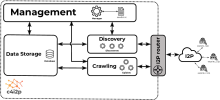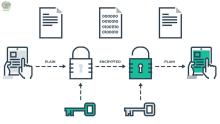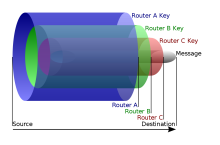I2P, short for "Invisible Internet Project," is an anonymous overlay network that allows for secure and private communication. It's designed to provide strong privacy protections for communication over the internet. Unlike the regular internet, where your activities can be tracked by various entities, I2P aims to make it difficult to determine who is communicating with whom and what content is being transferred. It achieves this by encrypting traffic and routing it through a decentralized network of volunteer computers around the world, called nodes or routers.










